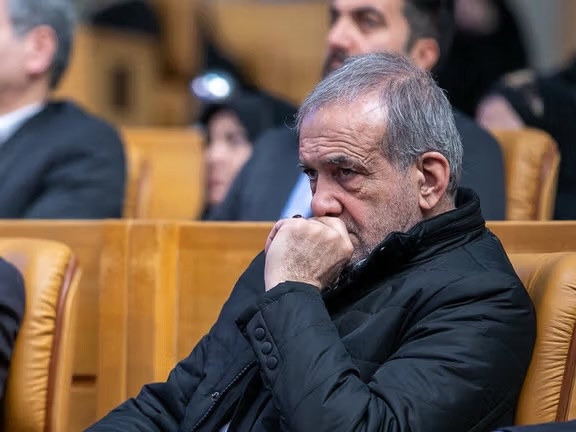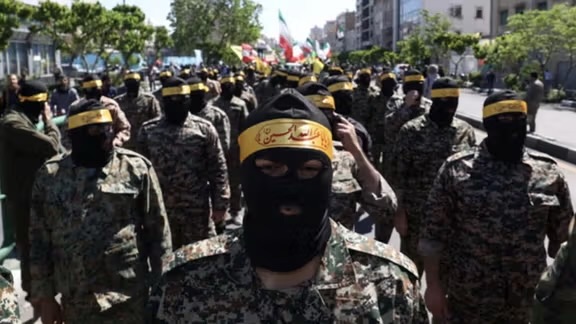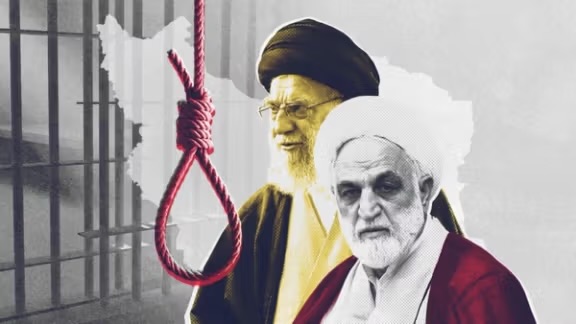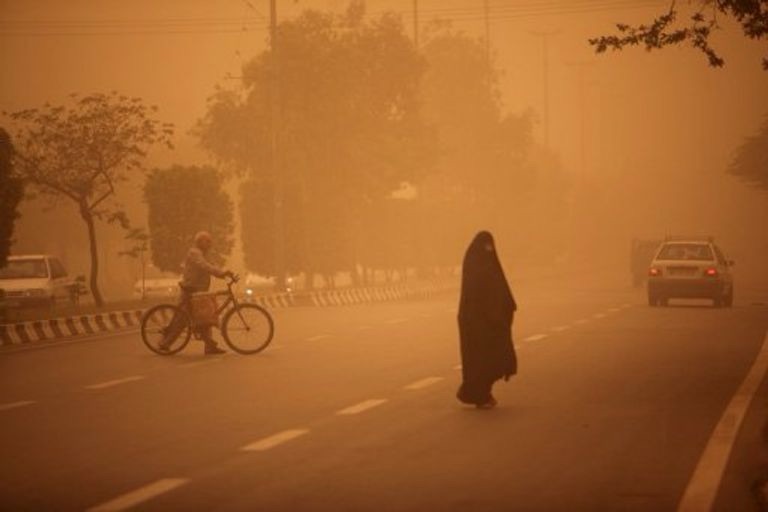
Iranian President Masoud Pezeshkian has renewed calls to relocate the country’s capital away from Tehran, citing the city’s swelling population and an escalating water crisis.
Pezeshkian noted that rainfall in the capital has dropped to its lowest level in a century this year, stressing that the situation has left the government with few alternatives. “The truth is that we have no other choice. Relocating the capital is a necessity, and we cannot burden this region with more residents and more construction,” he said, according to the official IRNA news agency. He added, “We can continue to develop Tehran, but we cannot solve its water problem.”
Earlier in November, the president warned that if rain does not arrive before winter, authorities might be forced to evacuate the city though he offered no additional details. Tehran typically endures a hot and dry summer, easing later with autumn rains and winter snow. This year, however, mountain peaks that are usually snow-covered remain bare.
In response to the worsening shortages, the government has begun periodically cutting water supplies to the capital’s 10 million residents in an effort to conserve resources. The idea of moving the capital has sparked criticism, particularly in domestic media. Officials later clarified that the president intended to raise awareness about the gravity of the situation rather than propose an imminent evacuation plan. Last week, authorities also launched cloud-seeding operations to try to stimulate rainfall.
Pezeshkian has repeatedly highlighted traffic congestion, water scarcity, mismanagement of natural resources, and severe air pollution as key reasons to consider relocating the capital. In January, government spokesperson Fatemeh Mohajerani said the authorities were evaluating the possibility of moving the capital to the underdeveloped Makran region on Iran’s southern coast. However, no concrete measures have been announced, and the proposal has already faced considerable criticism inside the country.



